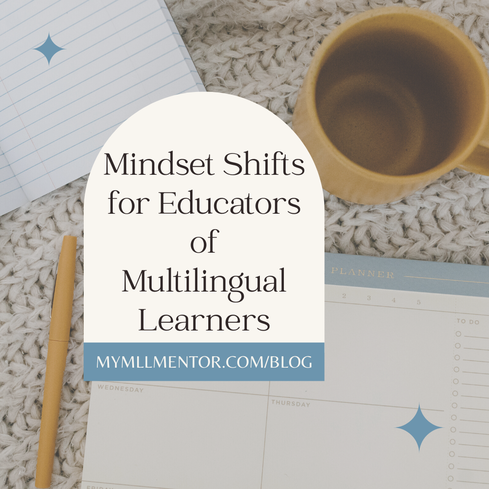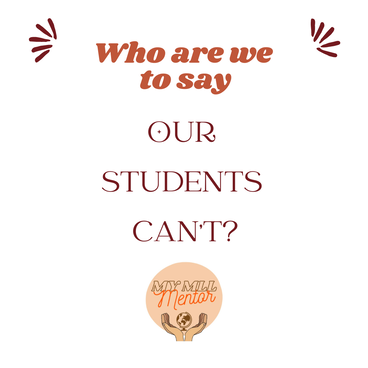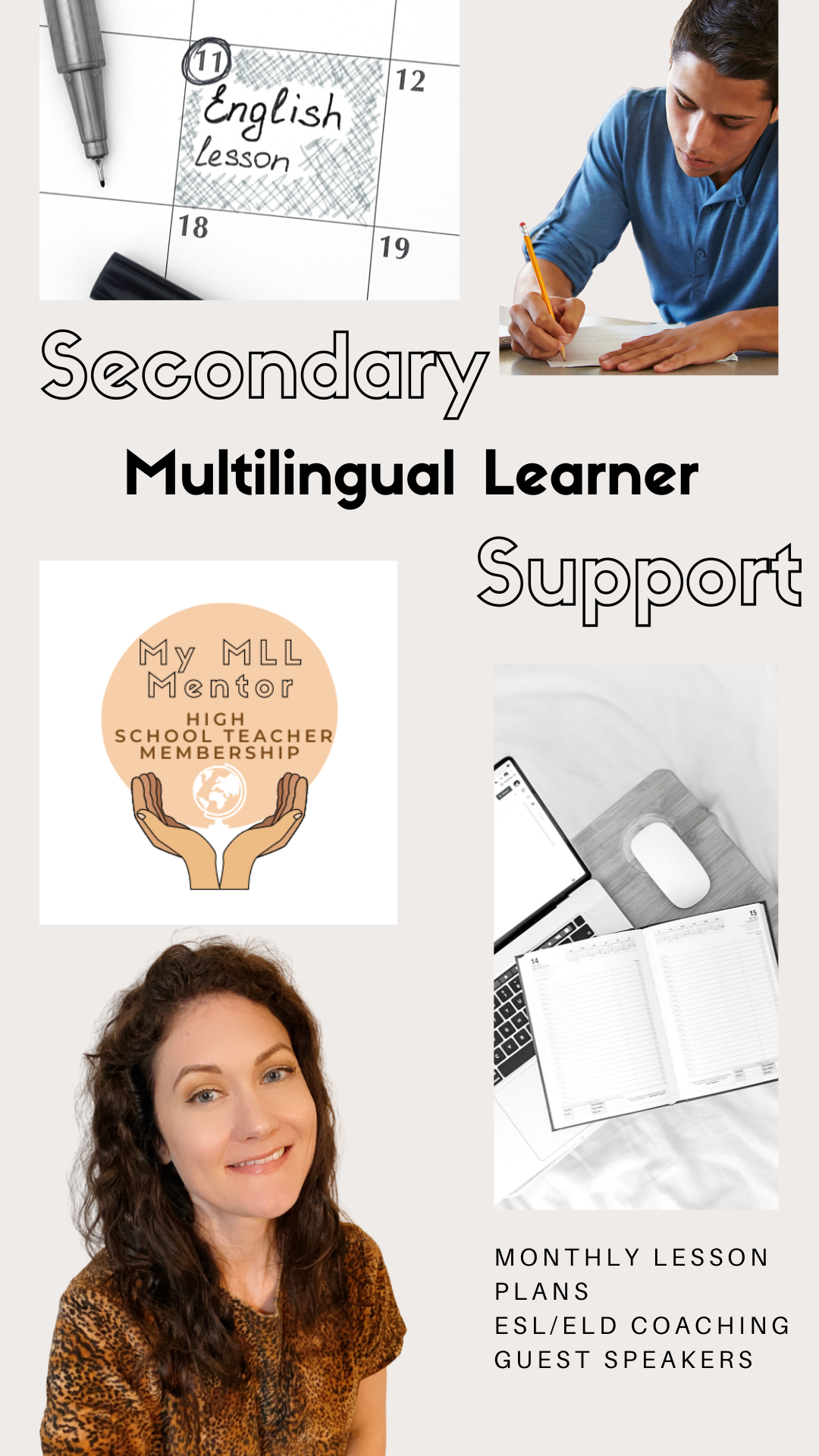|
At the last district that I worked for, there was a huge shift in our curriculum and instruction for our multilingual learners. We shifted away from a curriculum that was focused on texts specifically made for ESL students and their proficiency levels, and we shifted more towards using our district’s English curriculum to guide instruction.
The shift was massive for ESL and ELD teachers. The thoughts went something like this: “Some of our students can barely read the ESL text, and you want them to read Romeo and Juliet??” “Our students are below grade level and you want them to read grade level content?” “Our classes are the one place where our students can feel confident and comfortable and you want to take that away?” There were a lot of questions, and rightfully so. Our district was essentially asking us to shift our mindsets of what we expected of our MLs, what we thought they were capable of doing, and the way we planned our lessons. Now, to clear things up, we did have an ELD class where we could use texts that were at their reading level or above, but in the regular ESL class, we had to teach the English curriculum since it counted for their English credit for some grades. That meant that, yes, we were teaching Romeo and Juliet and Fahrenheit 451 to our multilingual learners. And in the new district that I work, this mindset shift is happening as well, mostly due to Covid-19 and learning loss. How can our multilingual students read grade-level text when so much learning was lost and we are still playing catch up? It's a valid question! According to UNICEF, this generation of students now risks losing $17 trillion in lifetime earnings in present value, or about 14 percent of today’s global GDP, as a result of COVID-19 pandemic-related school closures. There is a lot at stake, especially for those who already were at a disadvantage, like those who have to learn double- language and content- like our MLs do day to day in classrooms. However, a New York TImes article pointed out that “contrary to images conjured by phrases like ‘learning loss,’ almost all students made gains during the pandemic, just at a slower rate than normal.” This is why it is so important for educators to keep an asset-based mindset for our students. Yes, there has been some loss, but also yes- they will make a comeback, and especially when we frame it as they can! When we really think about our thoughts and where they are coming from, they usually point to a place of deficit. When we are stuck in a deficit mindset and are not coming from an asset-based perspective, we are doing our students a disservice. At the heart of an asset-based approach for our MLs is this- not allowing our students access to the full curriculum and instead watering down the content is an equity issue. Who are we to say that they can’t? Here are some tips for allowing access to our curriculum for all multilingual learners, regardless of their English proficiency levels and regardless of the amount of learning loss they may have experienced: Know your students Before we can begin to plan how to support our students with accessing the curriculum, we have to know where our students are in their language learning journey. Here are some things to consider:
Get solid in scaffolding techniques After we have a good understanding of where our students are coming from and where they are now, we can move forward with assisting them to access content with scaffolding our instruction. Some important things to consider are this:
They don’t have to do it all Do our students need to read every scene of Romeo and Juliet? No! Do they need to see the grade-level text and get in the learning pit for a while? Yes! But not for too long- we need to find that sweet spot between frustration and too easy, and that sweet spot can be referred to as making content comprehensible. Here are some considerations for making our content comprehensible:
Baby steps Our MLs won’t be reading Night by Elie Wiesel in a month or even two or even a year. It takes time and patience. Depending on where students are in their learning journey, baby steps might be short, like going from being in their silent period to saying a simple sentence by the end of the year, or they might be more noticeable like going from speaking simple sentences to extended discourse. Making the mindset shift doesn’t have to be daunting. Once we embrace the thought that we are making our content more equitable by allowing students access through amplification of our lessons, the techniques and strategies can fall into place later.
0 Comments
Leave a Reply. |
AuthorI support middle and high school teachers through monthly lesson plans, coaching, and guest speaker offerings in our Secondary ESL Teacher Membership. Archives
April 2023
Categories
All
|



 RSS Feed
RSS Feed
